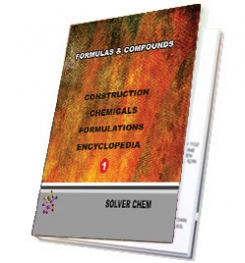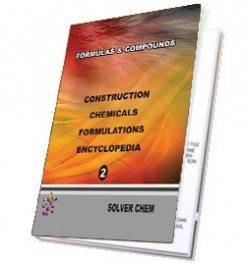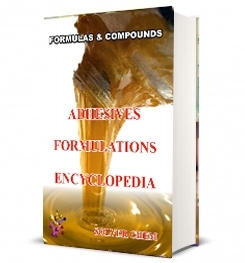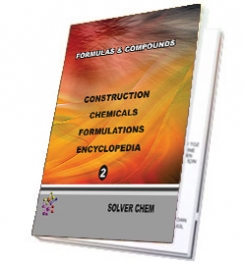Cement is one of the most important modern building materials. It finds application in the construction of buildings, roads, dams and bridges. It is obtained by combining a lime-rich material with the one containing silica and alumina.
Joseph Aspdin in 1824 found that when a strongly heated mixture of finely powered limestone and clay was mixed with water and allowed to stand, it hardened to a stone-like mass resembling a natural rock mined on the Isle of Portland, a famous building stone of England. The name portland cement is since then given to the product. In India, the cement industry started in 1914.
Composition of cement
Cement is a product obtained by combining a material rich in lime, CaO with other materials such as clay, which contains silica, SiO2, along with oxides of aluminium, iron and magnesium. Different types of cement display different compositions of the metal oxides. The average composition of Portland cement is,
| CaO | SiO2 | Al2O3 | MgO | Fe2O3 | SO3 | Na2O | K2O |
| 50 - 60% | 20 - 25% | 5 - 10% | 2 - 3% | 1 - 2% | 1 - 2% | 1% | 1% |
For a good quality cement, the ratio
and,
Raw materials
Raw materials for the manufacture of cement are limestone, clay and gypsum.
Manufacture
Limestone and clay are dug from quarries and are crushed separately to fine powders. Crushed limestone and clay mixture fuse and react on strong heat to form cement clinker.





Fig:12.6 - Manufacture of cement
After cooling, the clinker is mixed with 2 to 3 percent of gypsum (CaSO4.2H2O), which helps regulates the time of setting of the cement. This mixture is ground to an extremely fine powder in grinding mills. The cement thus obtained is packed in airtight bags to avoid moisture. The process of cement manufacture is summarized.
Limestone and clay are powdered and mixed.
|
|
▼
Burnt at 1770 - 1870 K in a rotary kiln.
|
|
▼
Calcium silicate Ca3SiO5, Calcium aluminate Ca3Al2O6
|
|
▼
Ca2Al2O5(cement clinker)
|
|
▼
Addition of gypsum and pulverising.
|
|
▼
Portland cement
Setting of cement
Cement absorbs water on mixing to form a gelatinous mass. This sets to a hard mass and is very resistant to pressure. This process is called the setting of cement. This simple looking process involves a complicated set of reactions of hydration and hydrolysis, leading to the formation of Si-O-Si, and Si-O-Al chains.
The hydrates separate in the form of colloidal gels and the gels soon begin to harden as a result of gradual dehydration. Finally, it becomes a hard hydrated silica gel containing interlocking crystals of calcium hydroxide. Since the process of hydration is exothermic, the constructed building has to be watered during setting to keep it cool. The initial setting takes place in about 24 hours and is followed by a period of slow hardening, which requires between ten days to a month.
There are many materials possessing properties similar to cement. One of them is fly ash from the coal based thermal power stations; another is slag, a waste product from the steel industry. These can be added to cement to reduce the cost without affecting the quality. Rice husk, which has high silica content can be used to make cement.
RELATED TAGS : how to use cement,how to compositions of cement,how to make cements,how to manufacture cement,how to formulas&compounds of cement,cement factories,cement manufactories,what is materials of cement,chemicals cement,addition of cement,additivies of cement,formulations of cement,making cemet,manufacturing cement,to make cement.
CONSTRUCTION CHEMICALS FORMULATIONS ENCYCLOPEDIA HARD BOOKS ( HARD COPY ) AND E BOOKS ( PDF )

|
|

|
|

|
|




